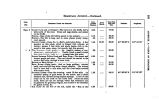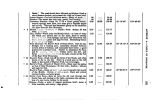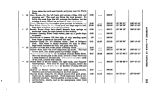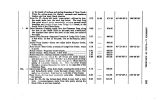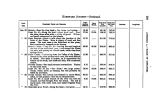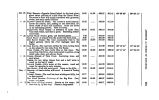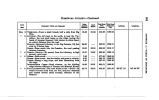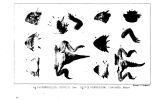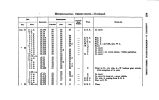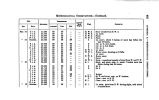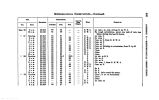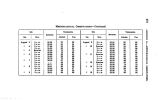| OCR Text |
Show LOWER FORD OF BBAB BIVKB. 87 CHAPTER V. EXPLORATION OF A ROUTE FROM GREAT SALT LAKE OTTY TO FORT HALL, AND EE00NN0I8SAN0E OF CACHE VALLEY. MATTERS being thus satisfactorily adjusted, as the provisions which had been laid in at the beginning of the journey were nearly exhausted, I left the city on the 12th of September, with teams and pack- mules, for Fort Hall, to procure the supplies for the party which had been forwarded to that post by the supply- train attached to Colonel Loring's command; and at the same time to carry out that portion of my instructions which directed me to explore a route for a road from the head of Salt Lake to Fort Hall. The main party was left under the command of Lieutenant Gunnison, with instructions to commence the survey upon a basis already laid down. I was accompanied on this trip by Mr. John Owen, the sutler of the regiment of Mounted Rifles, and Mr. T. Pomeroy, a merchant from St. Louis, on his way to California. Our route, as far as the crossing of Bear River, near the head of the lake, was that usually pursued by emigrants passing through Salt Lake City to California. It skirts the eastern shore of the lake throughout its whole length, from north to south, as far as the ford, where the road turns off to the west. As the country passed over in this part of the journey is embraced within the limits of the survey, it requires, at present, no farther notice. From the crossing, the emigrant road pursues a W. N. W. course, until it intersects that from Fort Hall. The ford of Bear River at this point is not very good. The banks are high and steep on both sides, and the stream, which is about two hundred and fifty feet wide, is quite rapid. The bottom is a hard, firm gravel. In the spring and early part of summer, the waters are too high to admit of fording, and temporary ferries become necessary. Leaving the emigrant road at this point, our route may be described, generally, as following up the Malade ( called by Fremont the Roseaux) to its head; thence crossing a high dividing ridge, we fall upon the heads of the Pannack, a tributary of the Port Neuf, ( which latter is an affluent of Lewis's Fork of the Columbia,) and |
































































































































































































































































































































































